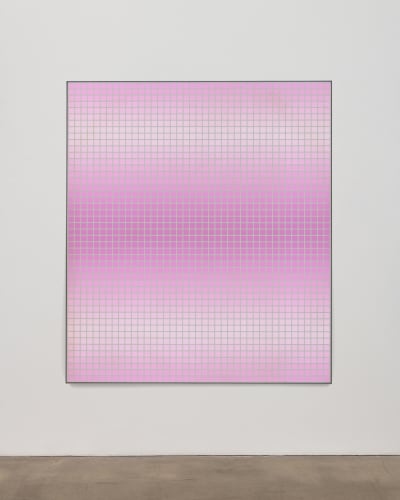“For me, visual art is no different than music or poetry. They all exist in time: sound to sound, word to word, color to color, one to the next.” – Julian Stanczak, 2008
Recognized in the 1960s as a pioneer of Op Art, Julian Stanczak had quickly evolved by the Seventies into a virtuoso of color, light, and minimalism. Working with acrylics, he created meticulous and complex paintings that reveal his intuitive understanding of color and musical composition. In essence and outlook, they are emotional landscapes, an effort to transcend the surface containment of the painting as object and connect with the viewer in a perceptual way.
His early life was marked by enormous personal struggle, and equally by his commitment to an uplifted outlook informed by art and music. Forced into a labor camp in Siberia during World War II, he began his art-making in as a teenage refugee in Uganda where he sought to transmit his experience of the stunning light and landscape of East Africa. Stanczak's various hues and proximate colors are modified only slightly and create a beautiful and subtle experience.
His process was complex - he used tape masks in which colors were systematically added and unveiled in layers. While profoundly methodical, Stanczak did not use sketches or studies - he relied on his intuitive understanding of color and balance when making his work. Today,
his paintings and prints are in the permanent collection of more than 100 institutions, including The Metropolitan Museum of Art, New York; Buffalo AKG Art Museum, NY; the Carnegie Museum of Art, Pittsburgh; the Hirshhorn Museum, Washington, DC; Museum of Modern Art, New York; National Gallery, Washington, DC; and San Francisco Museum of Modern Art.

